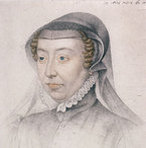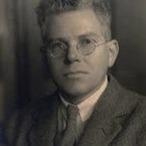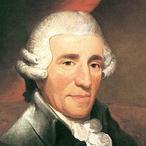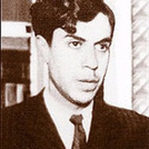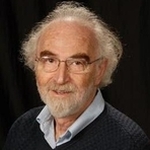|
Having seen Sara Mingardo perform at the Wigmore Hall some time ago, I was relishing the chance to see her again. My chance came in the form of a wonderful concert at the barbican, promising not one, but two of my favourite pieces: "Cum dederit dilectus suis somnum" from Vivaldi's "Nisi Dominus", and "Fac ut Portem, Christi mortem" from Pergolesi's Stabat Mater. The billing stated that Mingardo would be joined by the wonderful Anna Caterina Antonacci: unfortunately though, Antonacci was indisposed. So instead Susan Gritton, (who I had seen at the Queen Elizabeth Hall only a few days before in Mozart's "Die Entführung aus dem Serail") gallantly stepped in to save the day. Due to Antonacci's last minute unavailability, the first piece on the program was changed from Porpora's Salve Regina to Handel's Concerto Grosso in G minor, Op 6, No 7: not a problem, in my opinion! The performance was both intuitive and stylish, seamlessly moving from one tempo to another. The highlight must surely be the inspired performance by lead violinist Catherine Martin in the solo section. Next to come was Vivaldi's Nisi Dominus. A beautiful yet melancholic piece, even the faster movements are tinged with sadness. The staccato rhythm of the opening movement, "Nisi Dominus", contrasts with and compliments the impossibly smooth, velvet quality of Mingardo's voice. The combination is repeated again in the penultimate section "Sicut Erat". The highlight of the piece for many was the fourth movement: "Cum Dederit". The slow, lilting 12/8 time signature, and its crotchet/quaver pedal relentlessly drive the piece onwards. On top of this, interspersed by the occasional flourish by the higher strings, Mingardo's warm, rich tone rides like a slow yet unstoppable wave through the orchestra straight to the soul. The long, well controlled phrases hold one in their grip, while her excellent "mezza di voce" through the longest notes and phrases induced an atmosphere of melancholic pensiveness throughout audience. The lively "Sicut Sagittae" which followed provided perfect counterbalance to the sombre "Cum Dederit". The light yet powerful "Gloria Patri" again enchanted those present, with the heavenly interplay between the solo violin and the voice on the phrase "et spiritui sancti". Mingardo showed a very intimate understanding of the text, vocally enunciating each and every nuance. The final movement, the "Amen" was well paced, and an exciting close to a fantastic piece. The video below is of Mingardo performing the "Cum Dederit". Please scroll down further for the last part of the concert. At only 26 years of age, Giovanni Battista Pergolesi died from tuberculosis in Pozzuoli, near Naples in Italy. Like Mozart after him, Pergolesi was a very talented composer who left the world far too young. The Catholic Encyclopaedia states that he was: "of frail constitution" and that "he shortened his career by irregular conduct" - whatever that may mean. He wrote many operatic works, mainly opera buffo (comedy), though many works claimed to be by Pergolesi have subsequently turned out to be by other composers. The work for which he is most remembered however is the "Stabat Mater", written shortly before he died. Composed for male soprano, male alto, and orchestra, it was commissioned by the Confraternità dei Cavalieri di San Luigi di Palazzo. In this performance, both artists were female. As stated above, Anna Caterina Antonacci was originally to have taken the soprano role. A last minute cancellation left us with the more than able talents of Susan Gritton. Given that there could not have been much time for Gritton and Mingardo to build a rapport with respect to the piece, the interplay between the two was surprisingly well managed. Many of the movements were duets, requiring both emotional and technical collaboration. The first movement, "Stabat Mater Dolorosa", was full of suspensions and dissonances from the onset: initially in close harmony, then later with Mingardo in the lower octave. The series of alternating dissonance/resolution fills the listener with expectation and satisfaction. Both singers performed the movement with a high level of vocal "purity", and with complementary volume. It was towards the end of the piece, however, that the real jewel of the "Stabat Mater" was revealed. In the sublime "Fac ut Portem", Mingardo excelled herself. The long legato lines, with stark orchestral support, were performed with other-worldly purity, though always humble and true to the score. Yet it was the ornament at the end of the movement which excited most: Mingardo moved slowly down over a held chord in the orchestra to a low Db! And what resonance there was in the lower chest register. Mingardo sounded fuller in the extreme lower range than some Tenors! There was a palpable air of excitement, which was held until then end of the movement. Gritton and Mingardo performed the final duets beautifully, but as I left the auditorium, the hot topic on everyone's lips was that sensational low Db. A recorded version, complete with the finishing ornament, can be heard below.
0 Comments
Your comment will be posted after it is approved.
Leave a Reply. |
Categories
All
Archives
September 2014
|
MOST VIEWED POSTS
© James Edward Hughes 2013
 RSS Feed
RSS Feed
